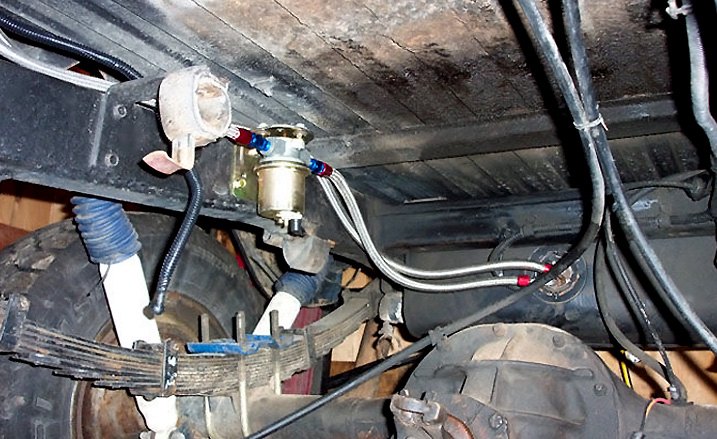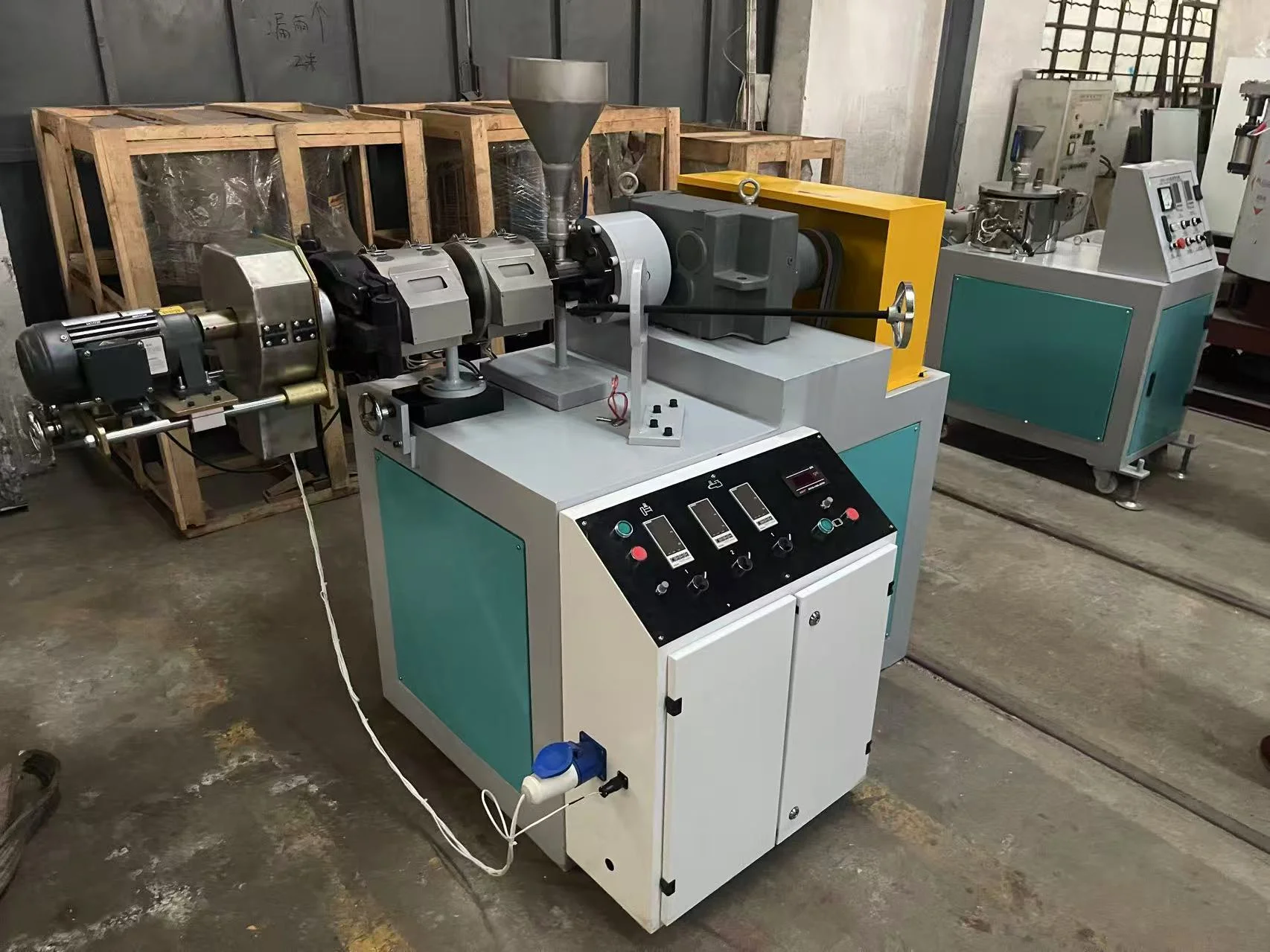Primary vs Secondary Fuel Pumps: Unveiling the Key Differences
3 min read
In the world of automotive engineering, fuel delivery systems play a crucial role in ensuring the efficient and reliable operation of vehicles. Two essential components of these systems are the primary and secondary fuel pumps. While both serve the purpose of delivering fuel to the engine, they differ in terms of functionality, location, and usage. In this blog post, we will delve into the intricacies of primary and secondary fuel pumps, exploring their differences and shedding light on their respective roles in the fuel delivery process.
- Understanding Primary Fuel Pumps:
The primary fuel pump, also known as the low-pressure fuel pump, is responsible for drawing fuel from the gas tank and delivering it to the engine. Typically located inside or near the fuel tank, the primary pump operates at a lower pressure compared to its counterpart. Its main function is to supply fuel to the secondary pump or directly to the engine, depending on the vehicle's design. - Exploring Secondary Fuel Pumps:
In contrast to the primary pump, the secondary fuel pump, also referred to as the high-pressure fuel pump, operates at a higher pressure. Its primary role is to further pressurize the fuel received from the primary pump before delivering it to the engine's fuel injectors. This increased pressure ensures optimal atomization of the fuel, promoting efficient combustion and engine performance. - Differentiating Factors:
3.1 Location:
One key difference between primary and secondary fuel pumps lies in their placement within the vehicle. As mentioned earlier, the primary pump is typically situated inside or near the fuel tank, while the secondary pump is commonly found closer to the engine, often integrated into the fuel rail or mounted on the engine block.
3.2 Pressure Range:
Another differentiating factor is the pressure at which these pumps operate. The primary pump operates at a lower pressure, usually ranging from 5 to 10 psi (pounds per square inch), while the secondary pump operates at a significantly higher pressure, ranging from 30 to 100 psi or even higher, depending on the engine's requirements.
3.3 Fuel Flow Rate:
The fuel flow rate also varies between the two pumps. The primary pump delivers fuel at a relatively lower flow rate, sufficient to meet the engine's idle and low-load demands. On the other hand, the secondary pump delivers fuel at a higher flow rate, ensuring an adequate supply during high-load conditions, such as acceleration or heavy load hauling.
- Importance and Interdependence:
It is crucial to understand that primary and secondary fuel pumps work in tandem to ensure the proper functioning of the fuel delivery system. The primary pump establishes the initial fuel supply, while the secondary pump enhances the pressure and flow rate to meet the engine's demands under various operating conditions. This interdependence ensures a consistent and reliable fuel supply, optimizing engine performance and fuel efficiency.
Conclusion:
In summary, primary and secondary fuel pumps are integral components of a vehicle's fuel delivery system. While the primary pump draws fuel from the tank and supplies it to the secondary pump or engine, the secondary pump pressurizes the fuel for efficient combustion. Understanding the differences between these pumps, including their location, pressure range, and fuel flow rate, is essential for diagnosing and maintaining a vehicle's fuel system. By working together harmoniously, these pumps ensure the smooth operation of the engine, providing power and performance on the road.


